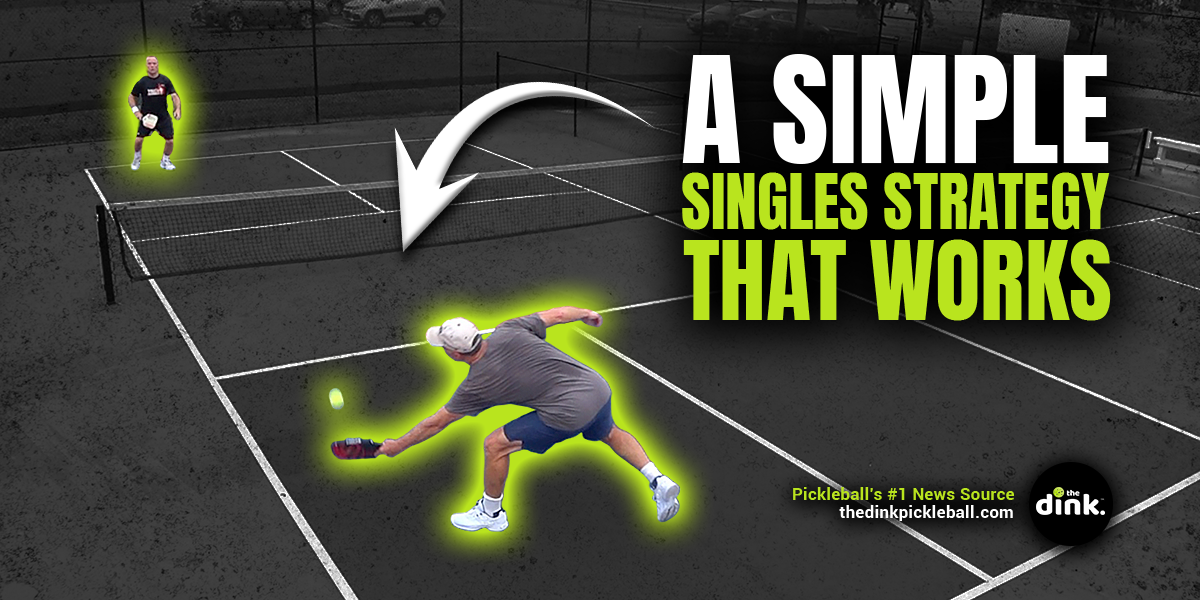
Singles Pickleball Strategies That Will Help You Win More Points
Doubles pickleball gets a lot of attention – and for good reason. That's what most players play. However, if you're a singles player, there isn't much strategy information out there.
Let's fix that.
Here is a simple but effective singles pickleball strategy that will win you games most of the time.
The Serve
In doubles pickleball, there are differing opinions on the importance of the serve. Some say it's most important to simply get it in as close to 100 percent of the time as possible.
For others, they say go big and weaponize it.
In singles pickleball, there are no differing opinions. You always want to maximize your serve opportunities by sending them deep and fast.
Why the serve is important in singles
The serve is essential because it helps you dictate the next couple of shots. A strong serve can elicit a weak return, which means you have a better opportunity to hit a strong third (passing shot).
While the serve itself isn't going to win you many points, your third shot will.
Tips on serving in singles
Here are a few tips on serving in singles:
- Use an open stance - this allows you to be in a better position after your serve and ready to pounce on that third ball.
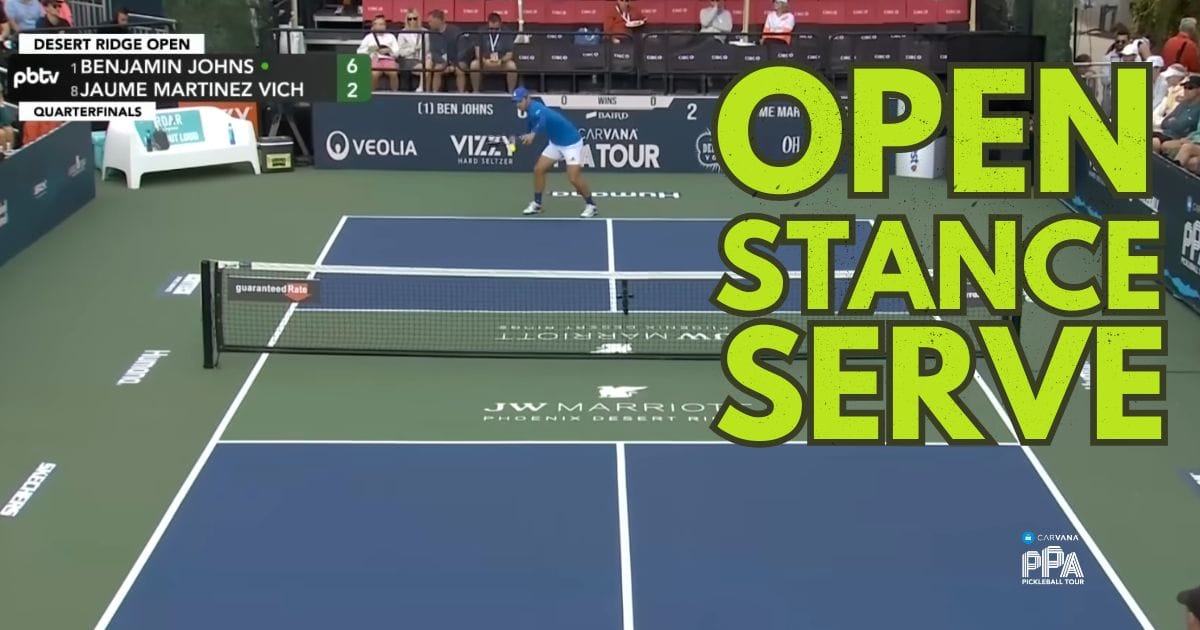
- Aim where they aren't - If they are standing at the T (where the baseline and centerline meet), then aim more toward the sideline. Or vice versa.
- Aim for their backhand - Some players hide their backhand by standing in a specific position; however, if they aren't doing that, aim toward your opponent's backhand most of the time.
- Don't be afraid to go long - it's always better to go long on a serve than to hit a ball in the net because that means you're trying to gain more depth – which is the most critical aspect of a serve.
The Return of Serve
Since the serve is so essential in singles pickleball, you can bet having a great return of serve is also critical.
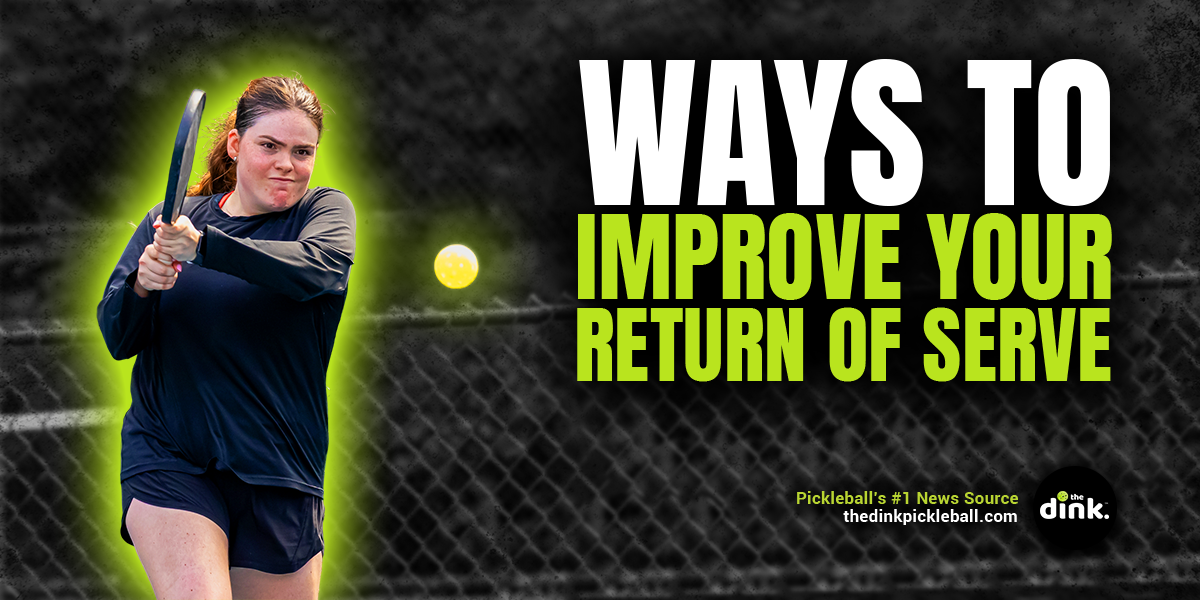
Why the return of serve is important in singles
When someone serves big, they are either trying to end the point outright or set up a great third-shot opportunity for themselves.
That means they want you to hit your return of serve short.
But you're not going to do that because you understand the importance of hitting a long and deep (you can even go high if you want) return of serve.
Tips on the return of serve in singles
For the return of serve, focus on the following:
- Use your opponent's pace - If they have a big serve, let them generate the power, and you can simply redirect it all the way back to their feet.
- Return the ball back to the middle of the court - This allows your opponent to have fewer angles on their third shot.
- Give yourself time - Hitting it high or putting it far away from the player gives you a chance to get into a better position defensively.
- Make them move - If your opponent isn't very mobile or likes to hug the corner on their serve, then you should absolutely return it to a spot where they have to run to get to it.
The Third, aka The Passing Shot
Passing shots are very common in tennis. They are also becoming more common in singles pickleball, which is why so many tennis converts are able to come over and have decent success in singles.
Why the third shot is important in singles
In doubles, your third shot is either a drive or a drop and it's designed to help you get to the kitchen line. With singles, there isn't a whole lot of kitchen play, and most rallies end after just a few shots.
So, your third shot in singles should be a passing shot attempt. A passing shot is a drive that you hit past your opponent. For instance, if they are standing at the centerline, you might send a drive past their backhand since they have less reach on that side.
The beginning of this video shows Jack Sock performing a passing shot on Tyson McGuffin:
If they do hit it back, there's a good chance it will be a weak shot that lets you then try again on the following (fifth) shot.
Tips on the third shot in singles
Some tips for executing a strong passing shot:
- Aim for their backhand - As mentioned above, this is an ideal spot if you're trying to get a ball past them.
- Aim for the biggest part of the court - If your opponent is out of position or not doing a great job of positioning themselves, then aim for the wide-open section of the court. It will be nearly impossible for them to get there on a hard-hit ball.
- Keep your drives low - Unlike the serve, it's better to hit the top of the net on your misses than hitting it long. Your goal should be to hit it about 4-6 inches above the net.
- Anticipate where their counter will go - if they are able to get a piece of the ball, be ready to move in that direction by reading their paddle. While it's nice to end a point on the third shot, it doesn't always happen that way.
Cat and Mouse
Ben Johns is a master of the "cat and mouse" aspect of singles pickleball. You'll see this if you watch him play another strong singles player. Essentially, this is kitchen play for singles players.
Why cat and mouse is important in singles
Being able to move your opponent around the court is an advantage in both singles and doubles. "Cat and mouse" is designed to help you do just that. You're making your opponent chase after the ball so that holes open up for you to hit a winner through.
Here's an example between Johns and Federico Staksrud:
Knowing how to play this well can win you a lot of singles points.
Tips on the third shot in singles
It sounds fun, but "cat and mouse" can be exhausting. Here's how to do it and do it well:
- Practice - There is a specific drill that will help you get good at this aspect of the singles game – it'll improve your fitness level, too:
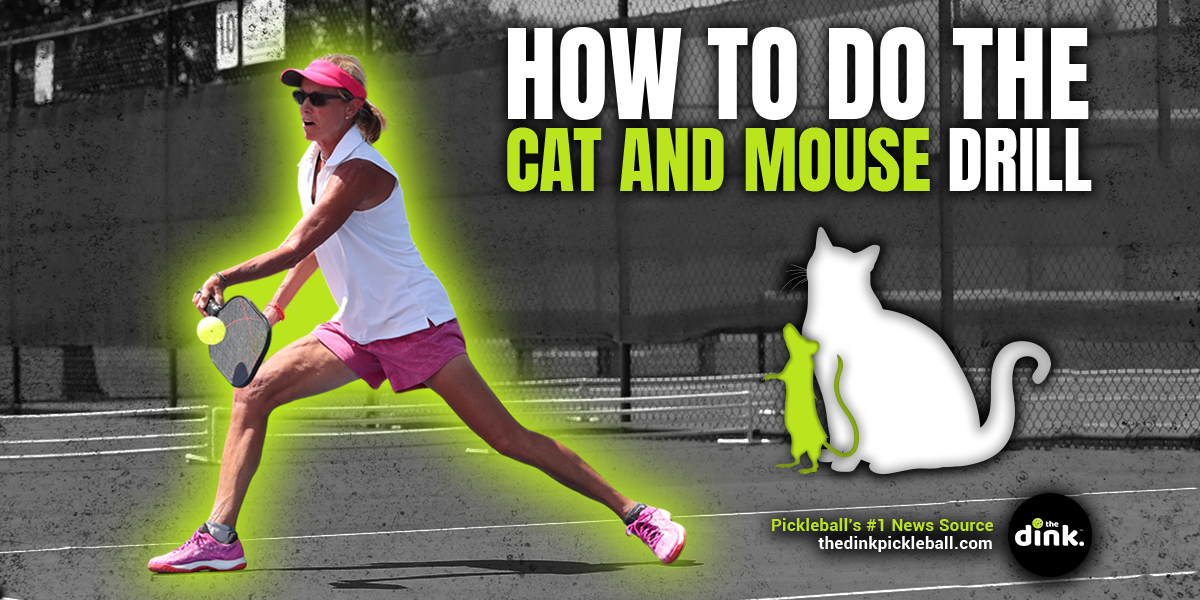
- Hit balls with purpose - Too many players just focus on getting the ball back over the net. Instead, try to place balls in specific areas that force your opponent to keep moving.
- Keep your paddle out in front of you - With all that movement, it's easy to drop your paddle. Instead, focus on moving with your paddle out in front of your body so that you're ready for any shot that comes.
- Be patient - Just as in doubles, the more patient players are usually rewarded with winning shot opportunities. When you practice or play rec singles, try to keep a point going as long as you can. You might surprise yourself.
There you have it: one strategy to rule them all. Now, go forth and dominate those singles tournaments.
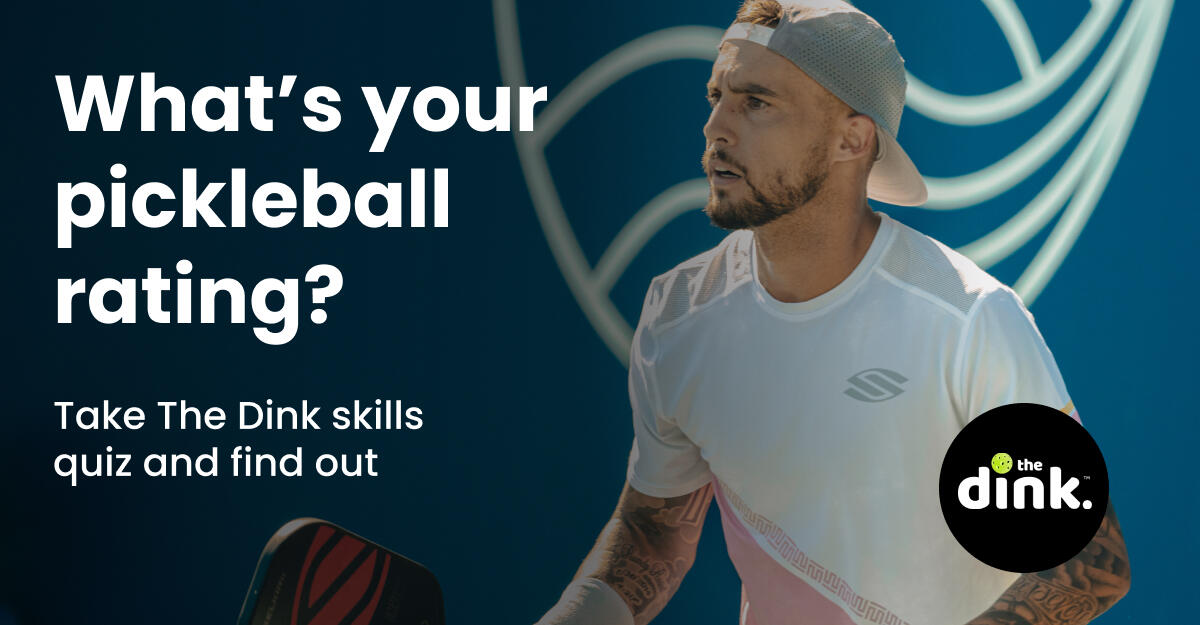
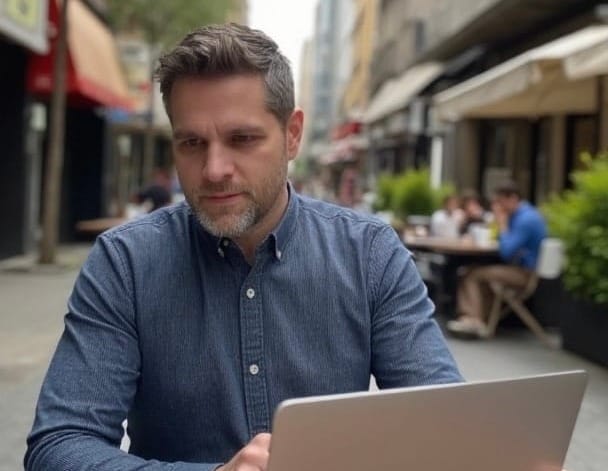
Love Pickleball? Join 100k+ readers for free weekly tips, news & gear deals.
Subscribe to The DinkGet 15% off pickleball gear at Midwest Raquet Sports











